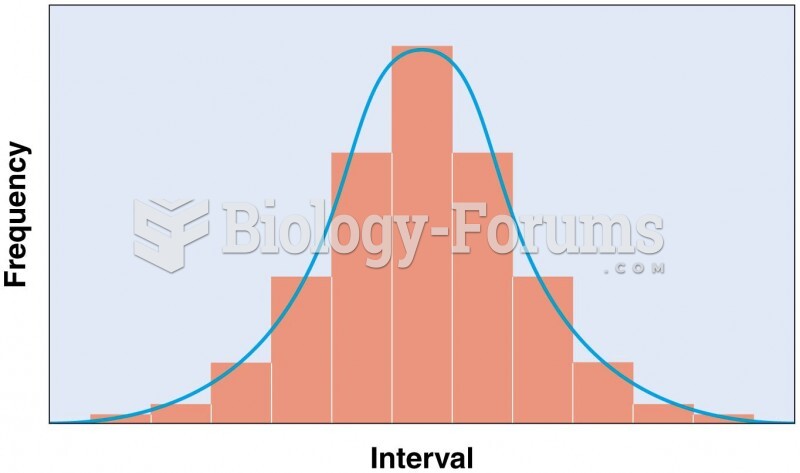Answer to Question 1
- In the beginning of the story we are shown that Connie lives mainly in the present; in the opening paragraph she sees a shadowy vision of herself as she was right at the moment. She doesnt seem bothered by the ultimate questions asked in the title of the story. Connie, Oates implies, is still growing and doesnt know whether to act childlike or languid. Still discovering her identity, she behaves one way at home and another way elsewhere. Her mind is filled with trashy daydreams, and the first caresses of love seem to her just the way it was in movies and promised in songs. In her shallowness and immaturity, hardly surprising traits in a fifteen-year-old, she is concerned almost entirely with the surfaces and appearances of thingsincluding, notably, her own appearance: when she sees Arnold Friends car coming up her driveway, her heart began to pound and her fingers snatched at her hair, checking it, and she whispered Christ, Christ, wondering how bad she looked (par. 15). Those last five words are a bit of a shock to those who might at first assume that her agitation is caused by fear or even a modicum of concern. Instead, she is intrigued by Arnold Friend, susceptible to his flattery, and unable at first to perceive the very real danger that he represents.
Answer to Question 2Such a critic will be hard to convince. But perhaps discussion can show that the story is remarkable for its condensation of a long life into a few pages. How does it feel to die? All of us find the question interesting, and Porter answers it. Although Edith Wharton has argued in
The Writing of Fiction (New York: Scribner, 1925) that it is not the nature of a short story to develop a character, The Jilting of Granny Weatherall certainly makes character its central concern. We finish the story persuaded that we know Ellen Weatherall very well indeedbetter than she knows herself.
Here is a bleak reading of the story for possible discussion: For sixty years Ellen Weatherall has suppressed the memory of George, the man she loved, who jilted her. She prays not to remember him, lest she follow him down into the pit of Hell (par. 29). If she remembers him, she herself will be damnedyet she remembers him. She longs to see him again (par. 42), imagines him standing by her deathbed (par. 30). In the end she beholds the pit: a darkness that will swallow up light. For the sake of a man, she has lost her soul.
But is the story so grim an account of one womans damnation? It seems hardly a mortal sin to remember a person and an event so crucial in ones life; damnation seems undeserved. We sense that the author actually admires Grannys defiance in blowing out the light at the end. To say the least, the story is splendidly ambiguous.
The Jilting of Granny Weatherall lent itself effectively to the PBS television film series
The American Short Story, starring Geraldine Fitzgerald and Henry Fonda, and obtainable on DVD. Anyone interested in writing for television might care to see Corinne Jackers excellent script, reprinted in
The American Short Story, Volume 2 (New York: Dell, 1980), together with a revealing interview with the scriptwriter on the problems of adapting Grannysuch as a dearth of physical action in the presentand Carolyn G. Heilbruns short critical essay on the Porter story.
Porters familiarity with illness and the threat of death may have been drawn from memory. As Joan Givner recounts in her biography,
Katherine Anne Porter (New York: Simon, 1982), Porter had to struggle for years against bronchial troubles and tuberculosis. Defiantly, she endured to age ninety.







